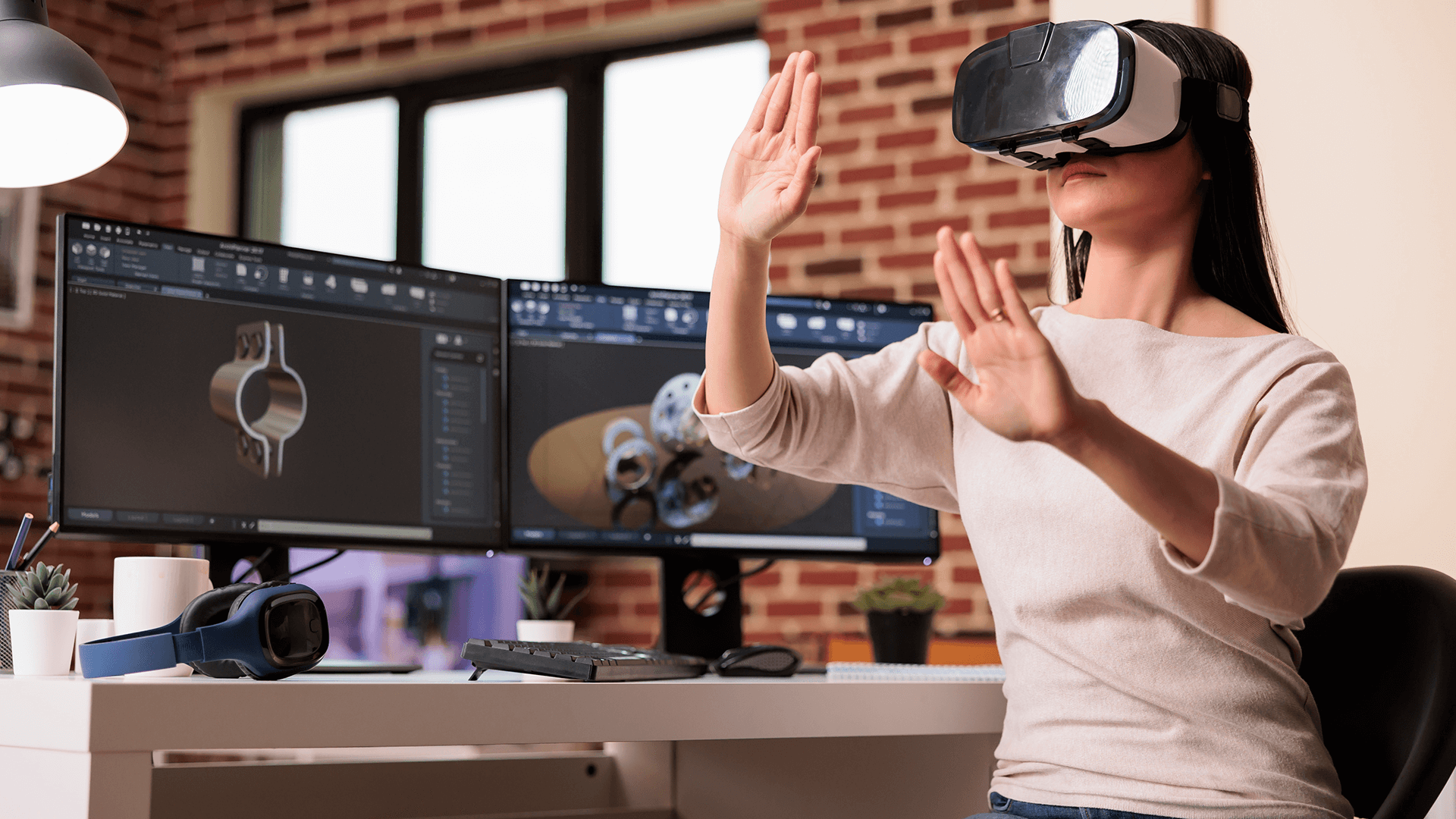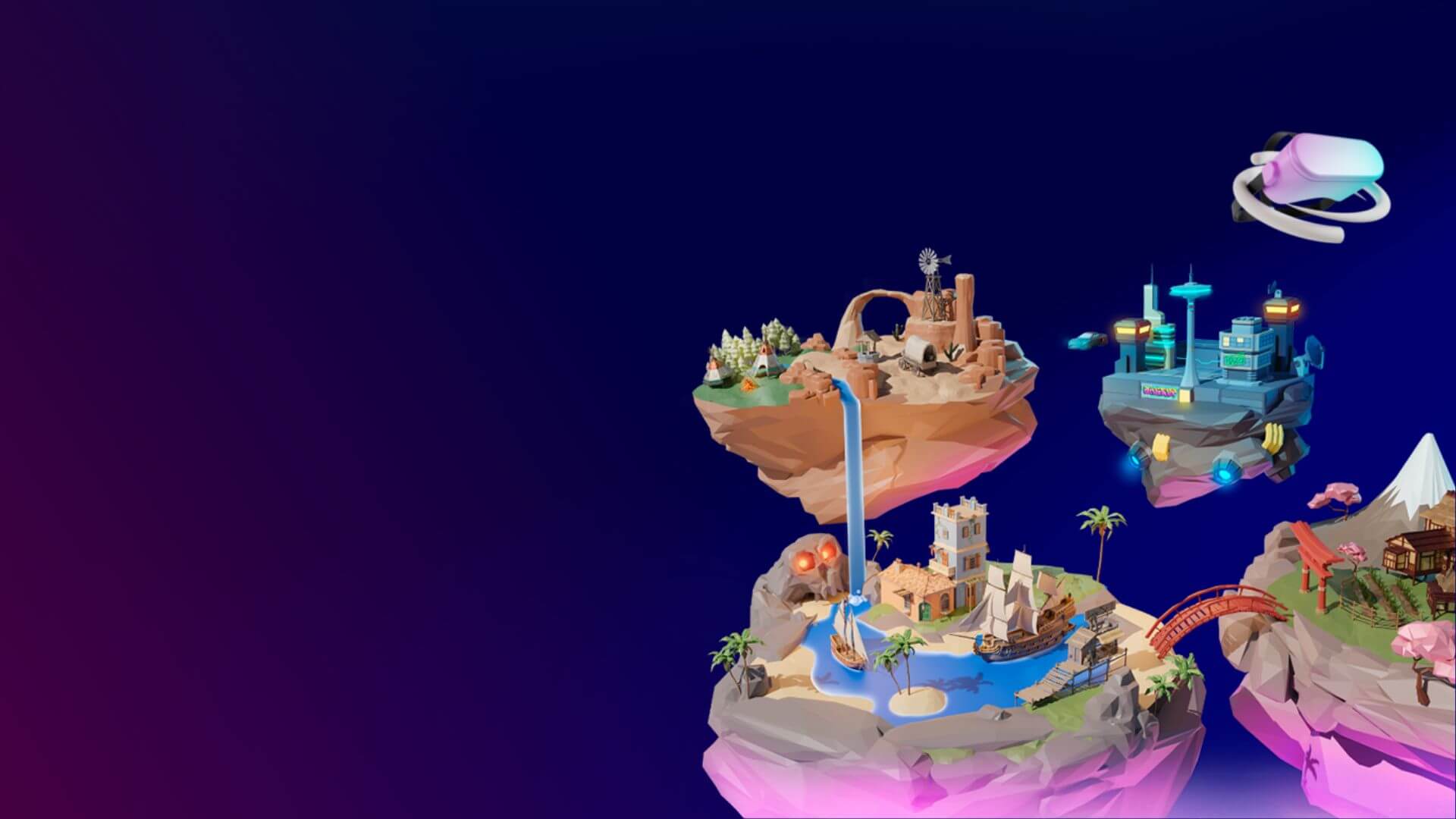Share Posts

Metaverse Requirements, Components, Future Scope
46
5176
103
In the past few decades, internet technology created many disruptive innovations, and Metaverse (the latest trend) could transform or change the way people use the internet. Metaverse is an emerging technology, and it became an inevitable technological trend and created many milestones within a short period. In addition, it has become the most adopted blockchain-based application due to its applicability and scalability.
Further down this line, the fundamentals of the metaverse, and how it could bridge the gap between real-world and virtual space are clearly stated.
What is Metaverse?
Metaverse is a three-dimensional representation of the virtual space or platform where people can interact, chat, trade, or engage in various real-life events. Metaverse integrates virtual reality, augmented reality, blockchain, etc., to enable people to witness real-life personal and corporate experiences online.
In addition, in the metaverse-powered digital space, people engage in certain activities as they are in real-life with their virtual characters called Avatars. It can be considered the digital version of a parallel world similar to the upside-down of stranger things.
Metaverse could be developed as a digital counterpart of the real world, and the NFT marketplace for gaming is an illustration of that application.
Stats and Facts on Metaverse
(i) According to a report on Influencer Marketing Hub, the metaverse market could be worth around $1 tn within the next decade.
(ii) Metaverse is viewed as the Future of the Internet by many organizations like Microsoft, Facebook, etc.
(iii) As per a report from Earth Web, the metaverse niche will reach $800 bn by 2024. The same stats predict that the market cap of the metaverse will surpass more than $10 tn in a considerable time.
(iv) Roblox, a popular metaverse platform, is worth more than $38 bn, according to a report from Market Watch.
(v) As per estimates by The Verge, the market cap of the largest metaverse gaming platform (in terms of users), Decentraland, is over $1 bn with a monthly unique visitors of 8000.
What are the Components of the Metaverse?
Blockchain is a significant component of the metaverse, and it provides a scalable technological architecture that enables the creation of a decentralized metaverse.
The concept of metaverse revolves around building an open, decentralized, and immersive digital space for various applications. For this, the platform implements ground-breaking technologies like virtual reality and extended reality, along with an interoperable and cross-border transaction-enabling ecosystem. In addition, the metaverse can be integrated with Web3 technology which gives power to the people by allowing them to create, transfer, trade, and own their content without any central authority.
For instance, the Web3-based social media platform can integrate metaverse technology into the ecosystem for developing and deploying a decentralized and user-powered social platform. This user-focused business model shifts the power from centralized or single authority to a group of communities, thus empowering the people and helping them earn rewards for their involvement in platform growth.
What are the Core Principles of the Metaverse Platform?
It is essential to understand the following core values of this thriving technology to create a metaverse platform.
Decentralization and Persistence are the two main scopes of the metaverse, and the virtual platform should be open and accessible to all at any moment. In addition, the metaverse platform should be functioning all the time without pauses or interruptions.
The metaverse platform should cover all the aspects of the virtual and digital world, the associated events, etc., in an open or closed platform.
Creator Economy should be the central value of any metaverse platform and should provide a full-scale operational economy to allow both organizations and platform users to create digital assets. Further, it should facilitate users to contribute to the platform development in return for a reward.
The metaverse-powered virtual space should also encompass real-life events in a simulated environment, including events occurring in the same time lapse, just like the real world.
It is important to analyze the interoperable nature of digital assets with their core values.
Metaverse Development Requirements
To build a metaverse, follow certain industrial practices and more scalable standards for an effective virtual platform development that enables seamless virtual engagement.
Adapt the below protocols and streamline them into a miniature group of individual functionalities to build an immersive metaverse platform.
Proper selection of tech stacks (WebXR, WebAssembly, etc.) and respective technologies (AR, VR, etc.) to encompass real & virtual events with human-machine engagement. For instance, Smart glass, VR Headsets, haptic gloves, etc., are essential for a seamless metaverse experience.
Massive computational tools are required to process AI-based tasks, process complex data, analytics, etc., to simulate metaverse events.
Interoperability and certain standards should be implemented in the virtual platform for supporting text, audio, sequence, scene, objects, etc., in the metaverse.
Like blockchain technology, the inclusion of Smart contract in the metaverse is critical as it automates complex tasks and streamline the process.
To represent real-world landscapes and environments, a three-dimensional virtual simulating ecosystem is also required.
Metaverse platform development is an amalgamation of blockchain technology, AR, VR, Web3, etc., to create a decentralized virtual space that could become the digital version of the real-world environment.
A decentralization set of computers (with high bandwidth) is crucial to enable decentralized data transfer and support other basic functions of the metaverse.
Future Scope of Metaverse
Despite the current status of this emerging technology, many organizations started exploring the possibilities of creating a unique metaverse platform for various professional reasons.
Similar to Blockchain, metaverse platforms can be customized with the right tech stack and architecture to meet the business requirements of various industries. The metaverse should be built based on the core values and standards to deliver market-demand features and expectations stated in this article.
The paradigm shift of more users to AR and VR-based applications or platforms made technological companies start amplifying brand worth through metaverse solutions. To develop a metaverse platform, remember to get a clear insight into the business, resources, and target audience, as every niche requires different metaverse development solutions.
In case of pitch-perfect metaverse platform development, reach us, and we’ll help you build and deploy a versatile metaverse platform fine-tuned for your business.
Tap Into the Future
The latest insights, posts, and project updates - straight to your inbox.




